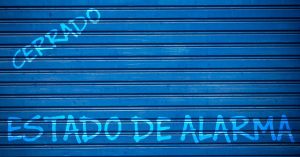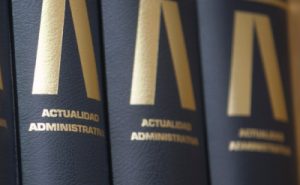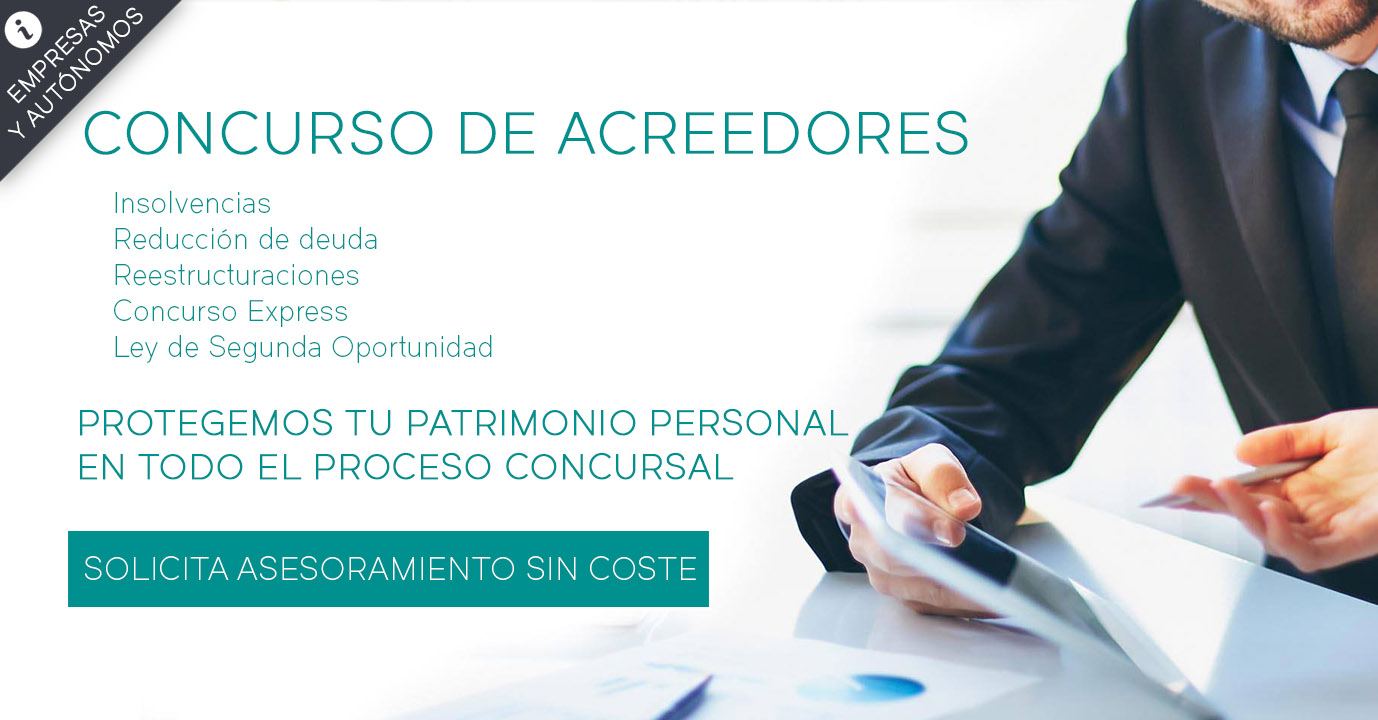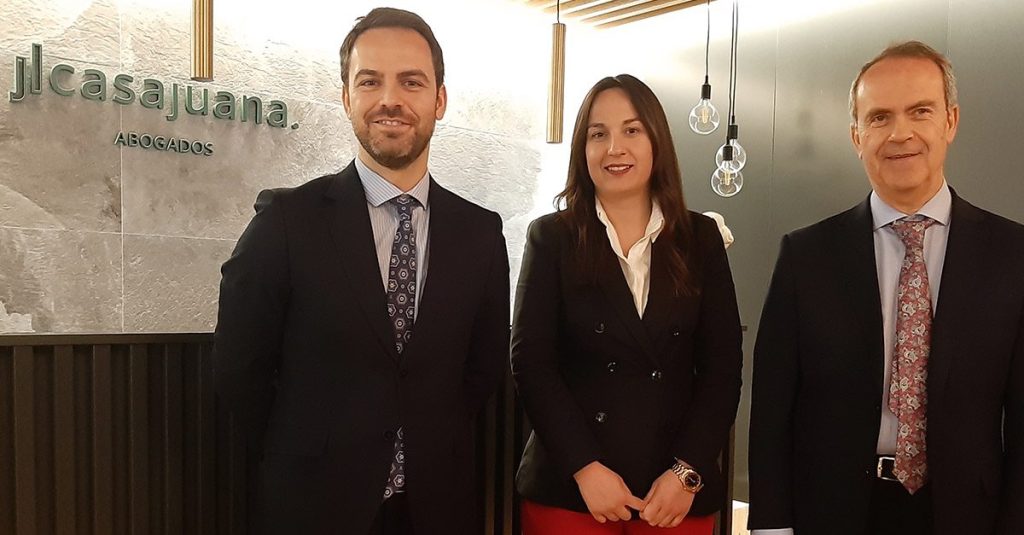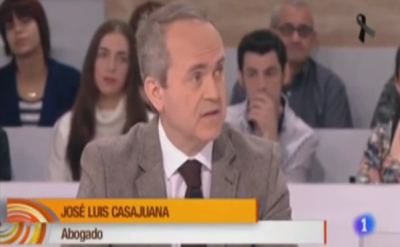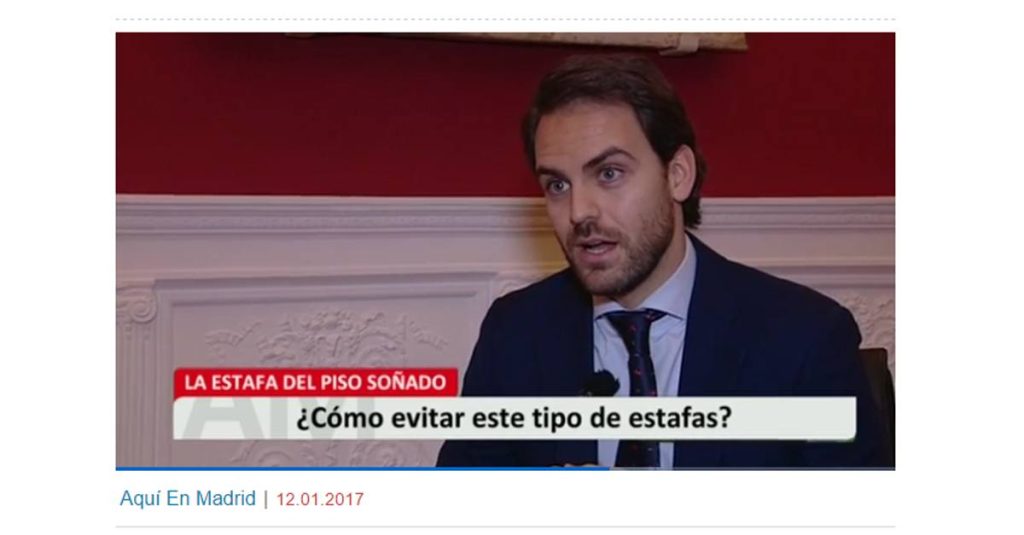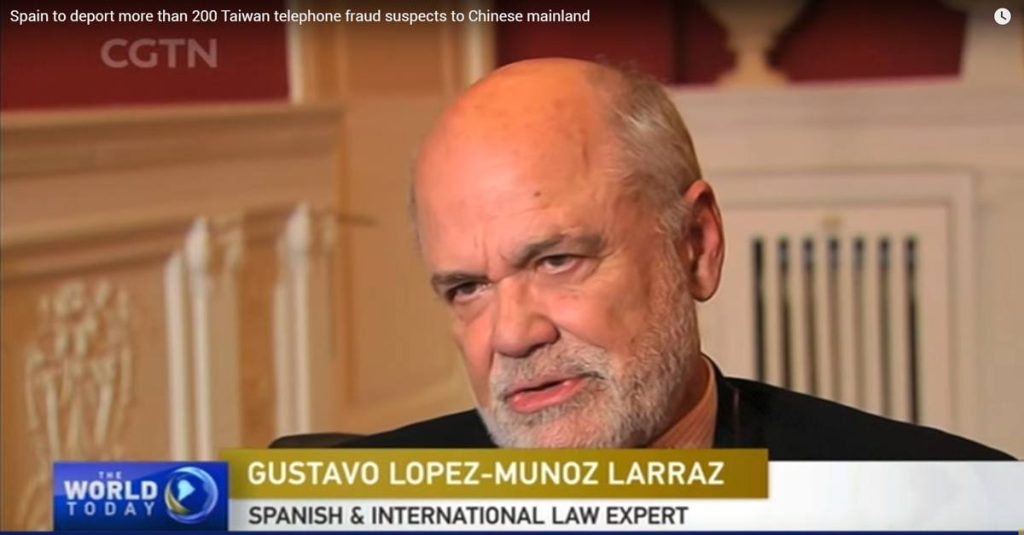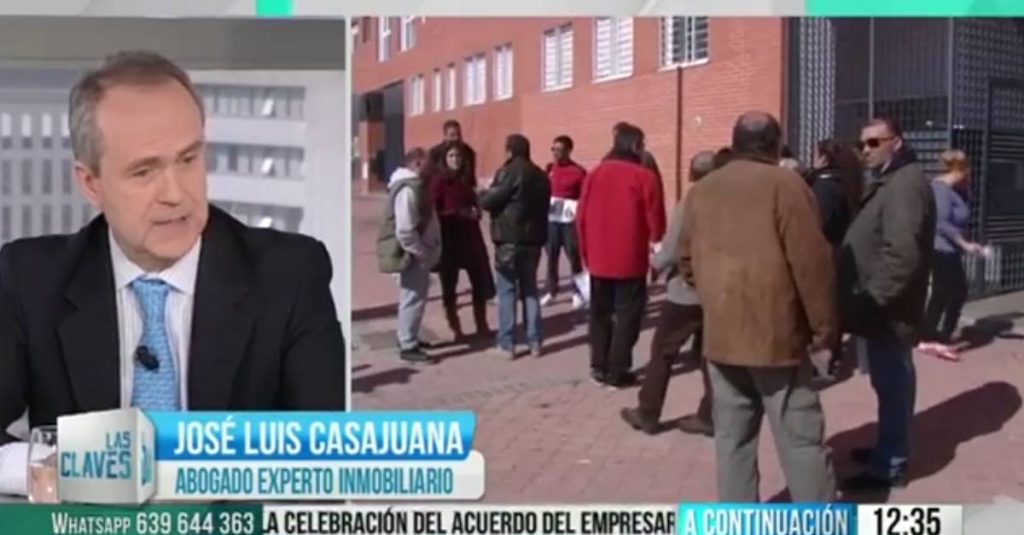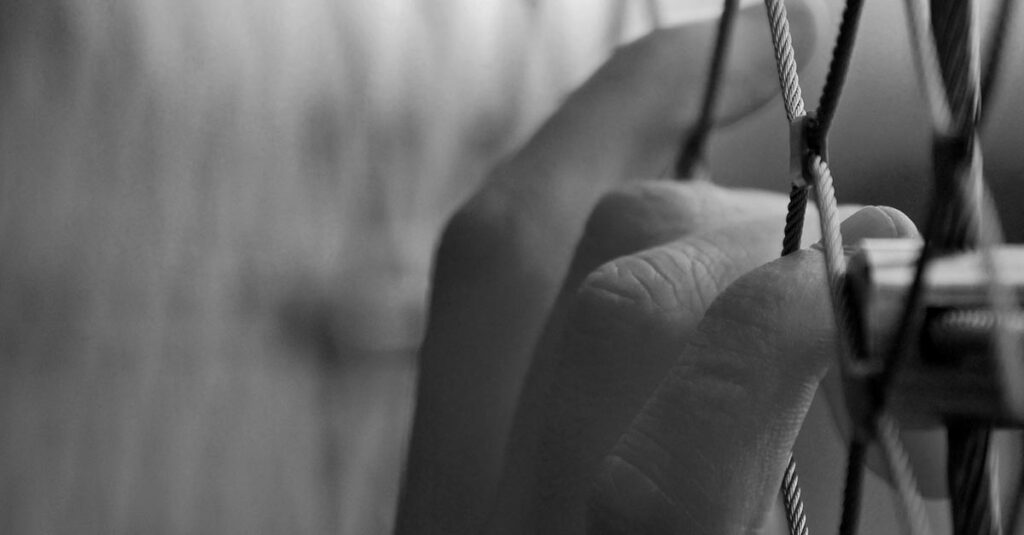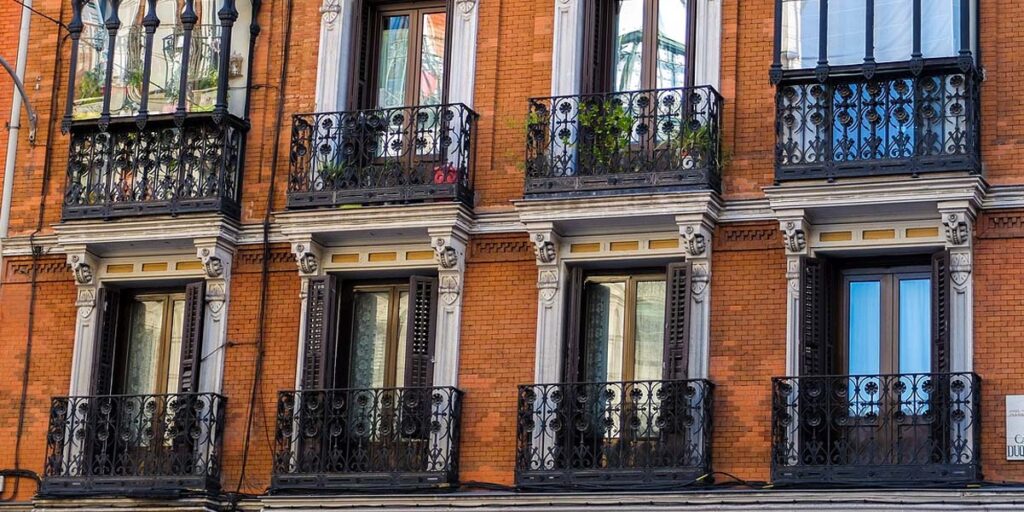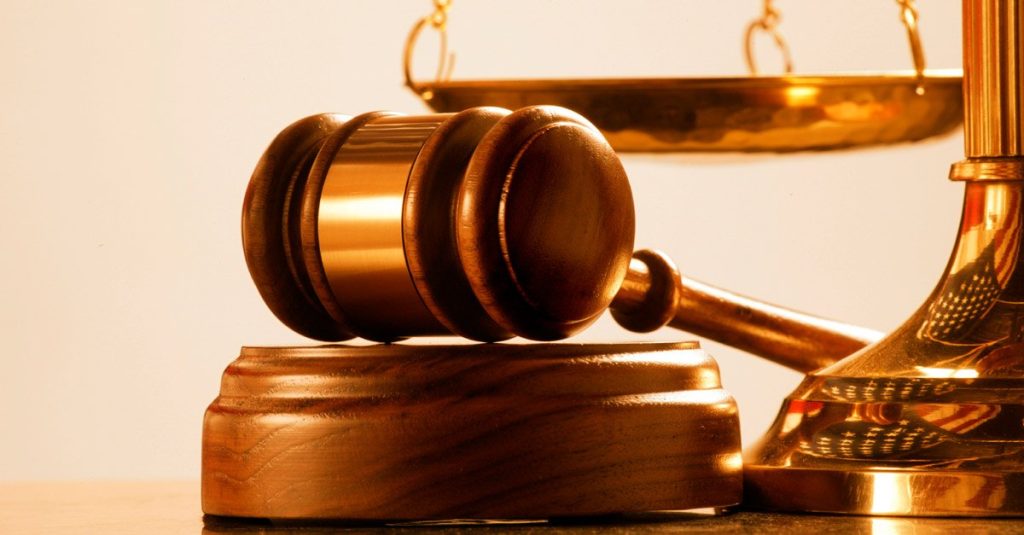Assets included in the general inventory of the Spanish Historical Heritagel
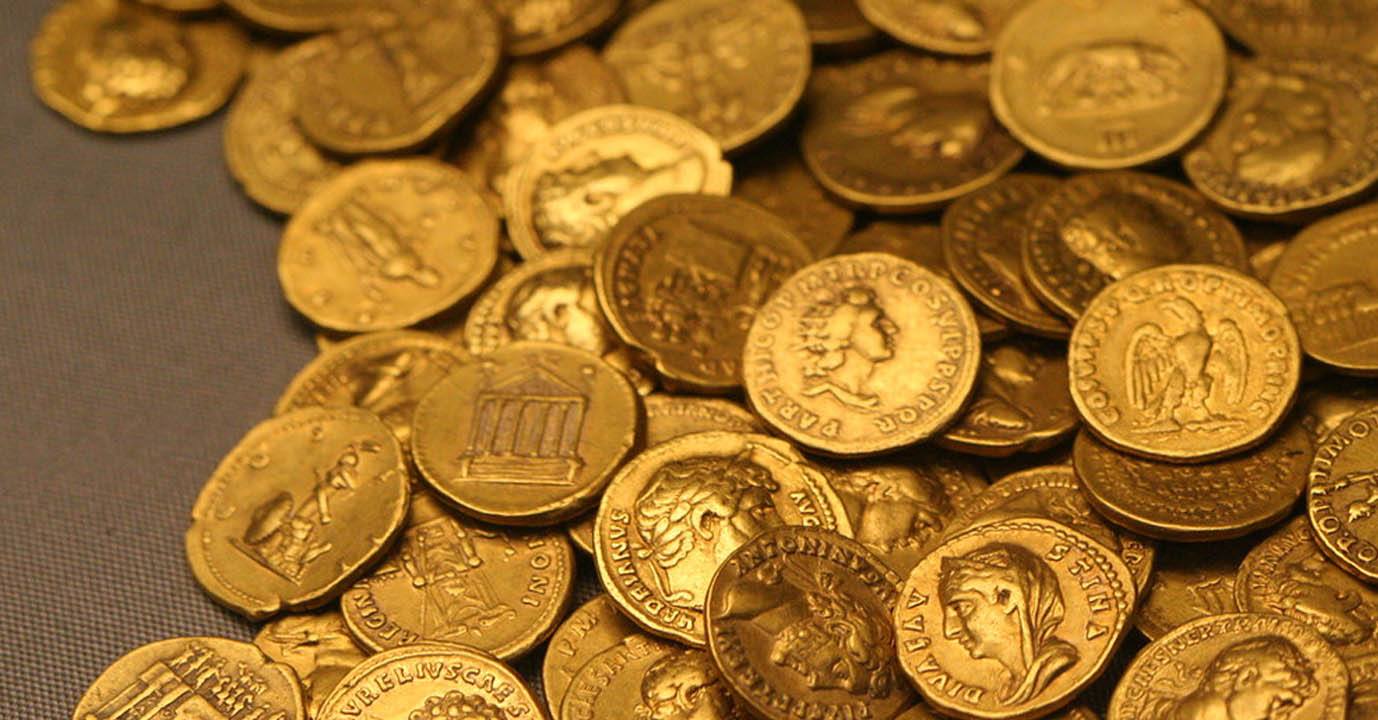
In my previous article, Protection of movable or immovable property of artistic, cultural or historical value, I described Situation A, which was raised by my client in the Firm:
“When our client’s father died, a series of Roman coins were found inside the family home that his father must have acquired in his day but all documentary evidence was lacking. His father was a scholar of history and, along with the coins, he left a notebook with handwritten notes on the inscriptions that were contemplated on them and that dated them to the last centuries of the Roman Empire on the peninsula (2nd to 4th centuries). ). His question in this regard was diverse: do these coins have cultural value as well as economic value in the antiquities market? Since there is no documentary reference, could you freely sell them without the need to include that value in his father’s estate? And, finally, leaving this property within the family “heritage” without telling anyone, knowing its age and possible cultural, artistic and historical interest, did it violate any legislation that would lead to the imposition of a fine or. even worse, the commission of a crime?”
As can be seen, the query made is triple and, consequently, there are three responses that we have had to offer the client, which he briefly recounted.
Do the Roman coins collected by his father have cultural value and economic value in the antiquities market?
Here we are dealing with two concepts that are different. On the one hand, it is based on the economic value of the piece in question for antique dealers, a value that depends solely on the piece: its age, its uniqueness, how documented the place where it was found is, the quality of its conservation, etc. Specialized companies cannot require the owner of the piece to have a property title, which, in most cases, does not exist, but they can sign a statement indicating the manner in which they have come into their hands and that, in any case, , is of legitimate origin and not illegal.
Cultural value is a public issue. The economic value is completely secondary. According to the Law of 16/1985 of Spanish Historical Heritage (LPHE) and the regulation that develops it (Royal Decree 111/1986, RPHE), the public authorities must protect all cultural, historical and artistic heritage, without taking into account account its economic value. Everything that forms part of that patrimony is, per se, capable of being protected and protected by the Administration. Now, the movable assets that are part of that patrimony must be recorded in the GENERAL INVENTORY that is determined in art. 24.1 RPHE:
“The General Inventory will include movable assets that are part of the Spanish Historical Heritage, not declared of cultural interest, that have singular relevance due to their notable value historical, archaeological, artistic, scientific, technical or cultural”.
These are assets that do not have the singularity and specification of those that are classified as Assets of Cultural Interest (BIC), which enjoy greater protection by the authorities
The registration in the General Inventory generates its own identification code that, based on the information that the client has given us about the case of the collection of Roman coins, at the time of the query, it doesn’t seem to exist.
Therefore, we can conclude that this collection does have an obvious economic value for antique dealers, who should value it according to their professional criteria, and it also has an obvious and clear cultural value, which the origin described by the client makes us assume that it is not registered in the General Inventory, its existence being “unknown” to the Administration.
Can the owner or possessor of these Roman coins freely sell them without including them in his father’s estate?
All property not included in the estate that is known to the heirs after the estate is divided must be added to that estate by means of a DEED OF ADDITION OF INHERITANCE . However, the non-existence of a title to the coin collection prevents it from being attributed to the inheritance of the specific father and not to that of older relatives. For this reason, in our opinion there is no obligation to adhere to the deceased father’s heirloom estate and the economic income from the sale of the collection can only benefit the owner of the collection. Our recommendation to the client has been to discuss this matter with his brothers so that none of them is left out of the possible distribution of what is obtained from the future sale of the collection, since it is defensible that all of them are the holders “of facto” of the same.
Finally, does not communicate the existence of these Roman coins to any public institution, does it violate any legislation that may lead to the imposition of a fine?
Once it has been verified that our client is the owner of this collection of coins of Roman origin and that, due to this condition, it has a “singular relevance” since From a historical point of view, we have analyzed in points I and II the effects of a sale of said collection. But it may be that the client does not want, for various reasons, not to get rid of that good and that, consequently, he continues in possession of it. In this case, the customer’s question is pertinent. Now that he knows what he knows, should he go public? The answer is found in the very wording of art. 26.1 LPHE and its doctrinal interpretation. Said article reads as follows:
“The owners or holders of movable property that meet the value and characteristics indicated by regulation are obliged to notify the competent Administration of the existence of these objects, before proceeding to their sale or transmission to third parties”.
The doctrine has interpreted that this “obligation to communicate” exists only when the “sale or transmission to third parties” and not with the mere possession of those movable assets. Therefore, if the client does not wish to sell the collection, he has no obligation to initiate the procedures for its inclusion in the General Inventory.
Now, the inclusion of this type of property in that inventory, which has an obvious function of public dissemination, seeks not only to protect these assets from looting or disappearance due to poor conservation , but also seeks that they can be studied by researchers or that they be lent for temporary exhibitions organized by institutions managed by National Heritage. It will be up to the client to assess his interest in having this collection disseminated, studied or contemplated in a museum by all citizens, because he does not have an obligation to do so if he does not want to sell it.
Luis Ester Casas
Lawyer expert in Civil and Commercial Law
12/04/2019

